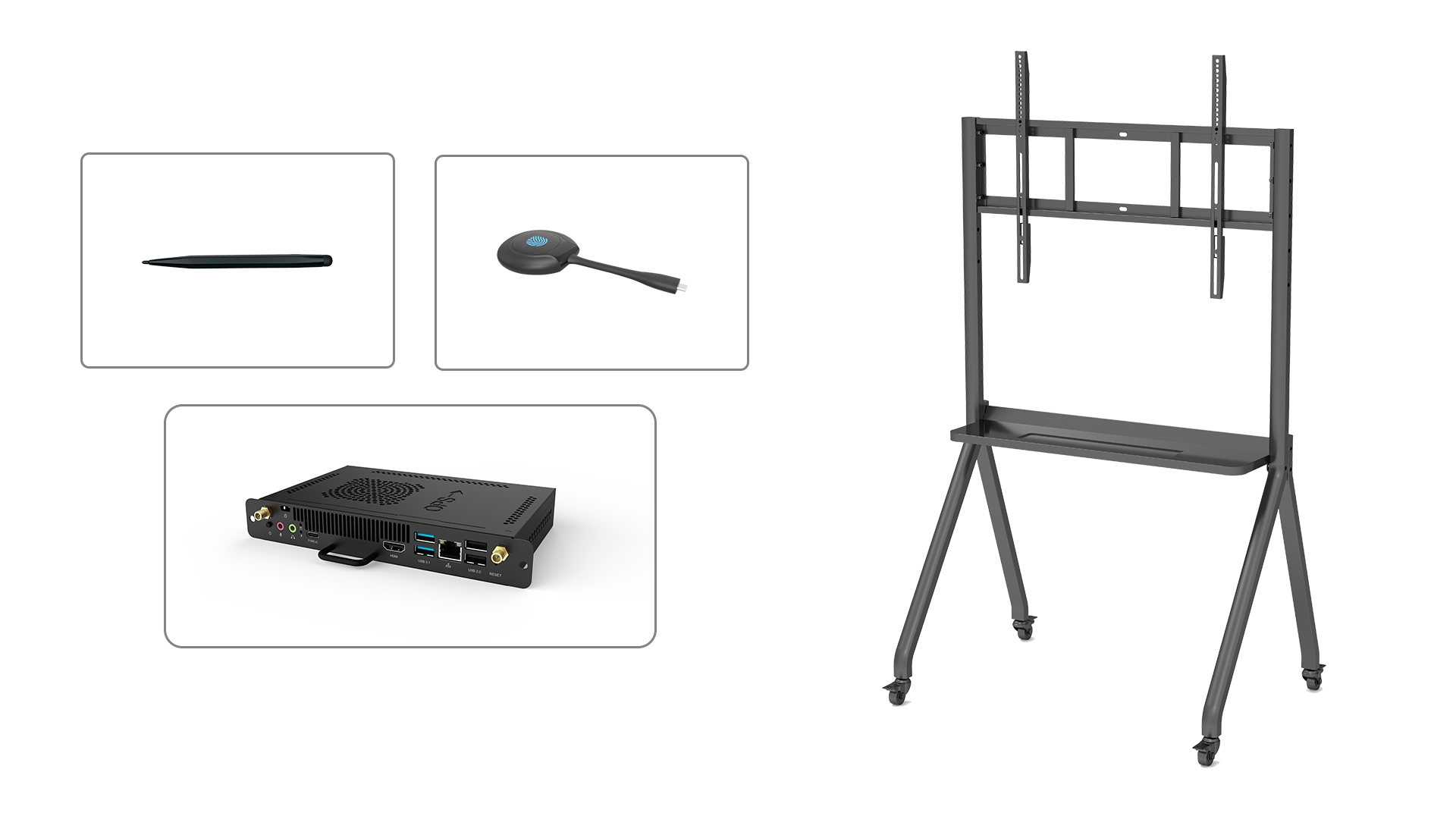Introduction
smartboard systems have revolutionized the way we teach and learn, providing an interactive and engaging experience for both educators and students. These innovative tools combine the functionality of a traditional whiteboard with the power of digital technology, offering numerous benefits in various educational settings. In this article, we will explore the advantages of smartboard systems and how they enhance learning and collaboration in the classroom.
1. Interactive Learning
One of the key advantages of smartboard systems is their ability to create an interactive learning environment. With touch-sensitive screens and intuitive software, students can actively participate in lessons by directly interacting with the content displayed on the smartboard. This hands-on approach fosters engagement and enhances comprehension, making learning more enjoyable and effective.
2. Visual and Multimedia Integration
Smartboard systems allow for easy integration of visual and multimedia elements into lessons. Educators can display images, videos, and animations directly on the smartboard, enriching the learning experience and catering to different learning styles. Visual aids can clarify complex concepts, spark curiosity, and stimulate critical thinking, resulting in a deeper understanding of the subject matter.
3. Collaborative Learning Opportunities
Smartboard systems promote collaboration among students, fostering teamwork and communication skills. Group activities and discussions can be facilitated through the smartboard, allowing students to work together on projects, brainstorm ideas, and share their work with the rest of the class. This collaborative approach encourages active participation and peer learning, creating a dynamic and inclusive classroom environment.
4. Digital Resources and Online Connectivity
With smartboard systems, educators have access to a vast array of digital resources and online content. They can browse the internet, access educational websites, and utilize online tools and applications directly from the smartboard. This connectivity opens up endless possibilities for incorporating up-to-date information, real-time data, and interactive simulations into lessons, keeping students engaged and abreast of the latest developments in their fields of study.
5. Customization and Personalization
Smartboard systems offer customization and personalization options that cater to individual student needs. Educators can adapt lessons to accommodate different learning paces, interests, and abilities by adjusting the content, format, and pace of delivery. This flexibility ensures that every student can learn at their own pace and in a way that suits their unique learning style, fostering a more inclusive and personalized educational experience.
6. Assessment and Progress Tracking
Smartboard systems provide built-in assessment and progress tracking tools, simplifying the evaluation process for educators. They can use interactive quizzes, polls, and games to assess student understanding in real-time and identify areas that require further attention. Furthermore, smartboard software often includes features that allow for easy progress tracking, enabling educators to monitor individual student performance and provide targeted support when needed.
7. Environmental Sustainability
Smartboard systems contribute to environmental sustainability by reducing paper waste in the classroom. Instead of using traditional chalkboards or whiteboards, which often require frequent erasing and replacement, smartboards provide a digital alternative that eliminates the need for physical materials. By embracing smartboard systems, educational institutions can make a positive impact on the environment while also benefiting from cost savings in the long run.
8. Accessibility and Inclusivity
Smartboard systems promote accessibility and inclusivity in the classroom. They offer features such as magnification, text-to-speech, and color contrast adjustments, which can benefit students with visual impairments, learning disabilities, or other special needs. These tools ensure that every student has equal access to educational resources and opportunities, fostering an inclusive learning environment where diversity is celebrated.
9. Professional Development and Collaboration for Educators
Smartboard systems not only enhance student learning but also provide opportunities for professional development and collaboration among educators. Teachers can share lesson plans, resources, and best practices through online platforms and communities, gaining inspiration and support from their peers. This collaborative approach to professional development empowers educators to continuously improve their teaching methods and stay up-to-date with the latest educational trends and techniques.
10. Future-Proofing Education
As technology continues to evolve, smartboard systems ensure that education remains future-proofed. These systems are constantly updated with new features and functionalities, adapting to the ever-changing needs of the educational landscape. By embracing smartboard systems, educational institutions can equip students with the digital literacy skills necessary to succeed in a technology-driven world, preparing them for future careers and lifelong learning.






